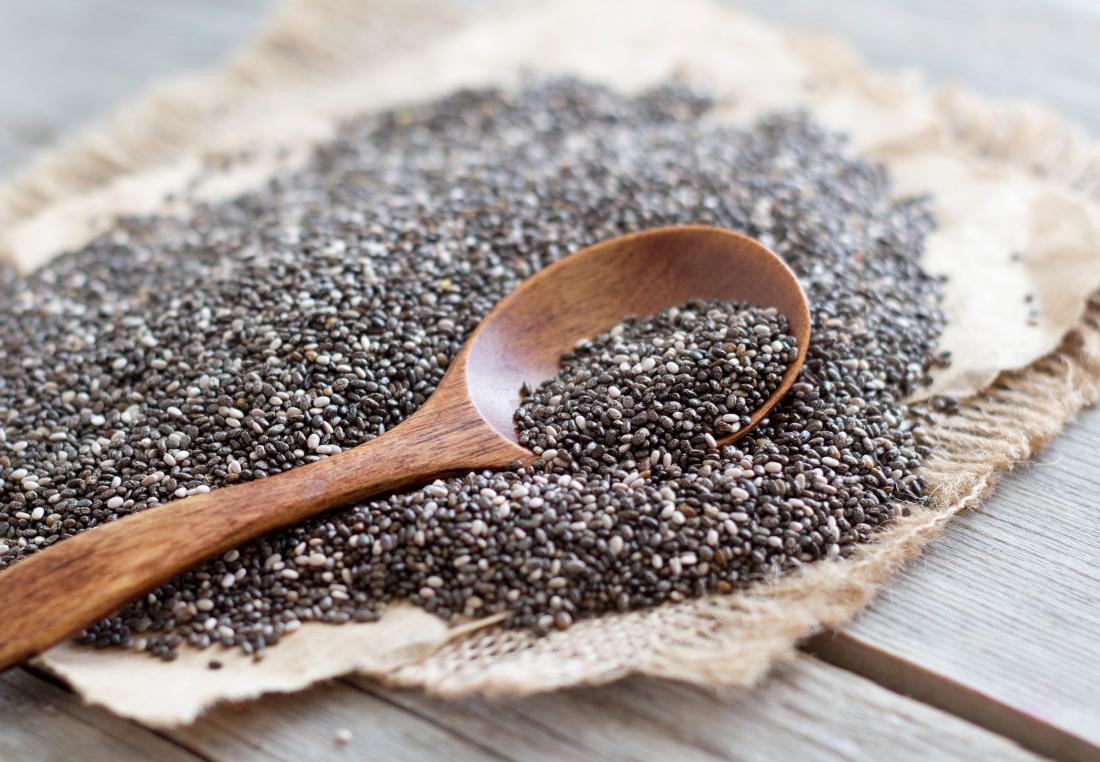There's healthy growth in demand for omega-3 fatty acid-enriched nourishment products. As a result, the animal feed business is seeking omega-3 fatty acids as a means to generate enriched products for people, like eggs, and potentially meat to utilize the properties of those fatty acids to boost health, productivity, and welfare in animals.
To get more information about the best omega 3 sources for feed visit www.feedworks.com.au/best-omega-3-sources-for-feed/.

Image Source: Google
There is, hence, a rise in demand for feed ingredients full of omega-3 fatty acids, however, these are quite limited for now. Below are the significant elements available to the feed sector.
Fish meal: Based on fish species, fish meal comprises around 10 percent fish oil, which is quite full of omega-3 fatty acids, particularly DHA (docosahexaenoic acid) and EPA (eicosapentaenoic acid).
Fish oil and meal are desired from the aquafeed sector and, consequently, marine products have become a costly specialization for farm animal feeding.
Linseed oil: Linseed oil is still a significant source of omega-3 fatty acids since it comprises around 50% ALA (alpha-linolenic acid). This fatty acid is the significant omega-3 fatty acid found in crops and also a precursor of DHA and EPA (long-term omega-3 fatty acids) in creatures.
On the other hand, the conversion of ALA into DHA and EPA happens with relatively low efficacy in animals. Complete linseeds (extruded) are a substitute for linseed oil for animal feeds.
